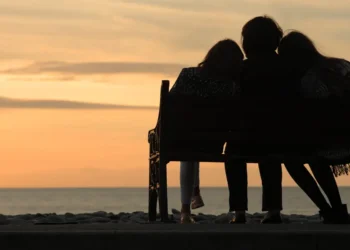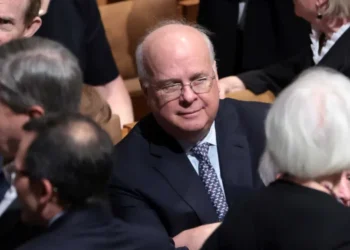NASA’s upcoming moonshot may let astronauts be the first to lay eyes on parts of the lunar far side that were missed by the Apollo program
The moon and sun share top billing in 2026. Kicking off the year’s cosmic wonders is the moon, drawing the...
‘Godfather of AI’ Sounds Alarm on Trump’s ‘Crazy’ Tech Strategy
Geoffrey Hinton, the so-called “Godfather of AI” for his pioneering work in machine learning, has blasted Donald Trump’s approach to...
The wondrous, short-lived dream of the MVP1 toilet
TOAMASINA, Madagascar — The centerpiece of the aid project was a toilet known as the Minimal Value Product: the MVP1....
Brigitte Bardot, actor, muse and prototype of liberated female sexuality, dies at 91
Brigitte Bardot, the French actor idealized for her beauty and heralded in the midcentury as the prototype of liberated female...
‘Put them in the witness chair!’ Dem lawmaker reveals plan to force Epstein files’ release
As the Justice Department continues its phased rollout of releasing Jeffrey Epstein files – a rollout critics say is in...
Painter Bob Ross unrecognizable in resurfaced photos from his youth — as they reveal the truth about his iconic hairdo
The legend of the perm. Bob Ross didn’t always have his iconic hairdo, resurfaced photos of the famous painter reveal....
Gen Zers and millennials flock to so-called analogs islands ‘because because so little of their life feels tangible’
As technology distracts, polarizes and automates, people are still finding refuge on analog islands in the digital sea. The holdouts...
Jorts and All: A Cultural History of Enormous Jeans
This story is taken from the fall 2025 issue of VICE magazine, THE BE QUIET AND DRIVE ISSUE, a Deftones special....
The Strangest Person I Know: The Busiest Mortician in Dagestan
This story is taken from the fall 2025 issue of VICE magazine, THE BE QUIET AND DRIVE ISSUE, a Deftones special....
As a mom of 4, I’ve done every parenting phase. Middle school has been the hardest — and the most humbling.
The author says that parenting middle schoolers can be hard. VISION4RY-L4NGU4GE/Getty Images/iStockphotoParenting middle schoolers can be challenging, but key lessons...














